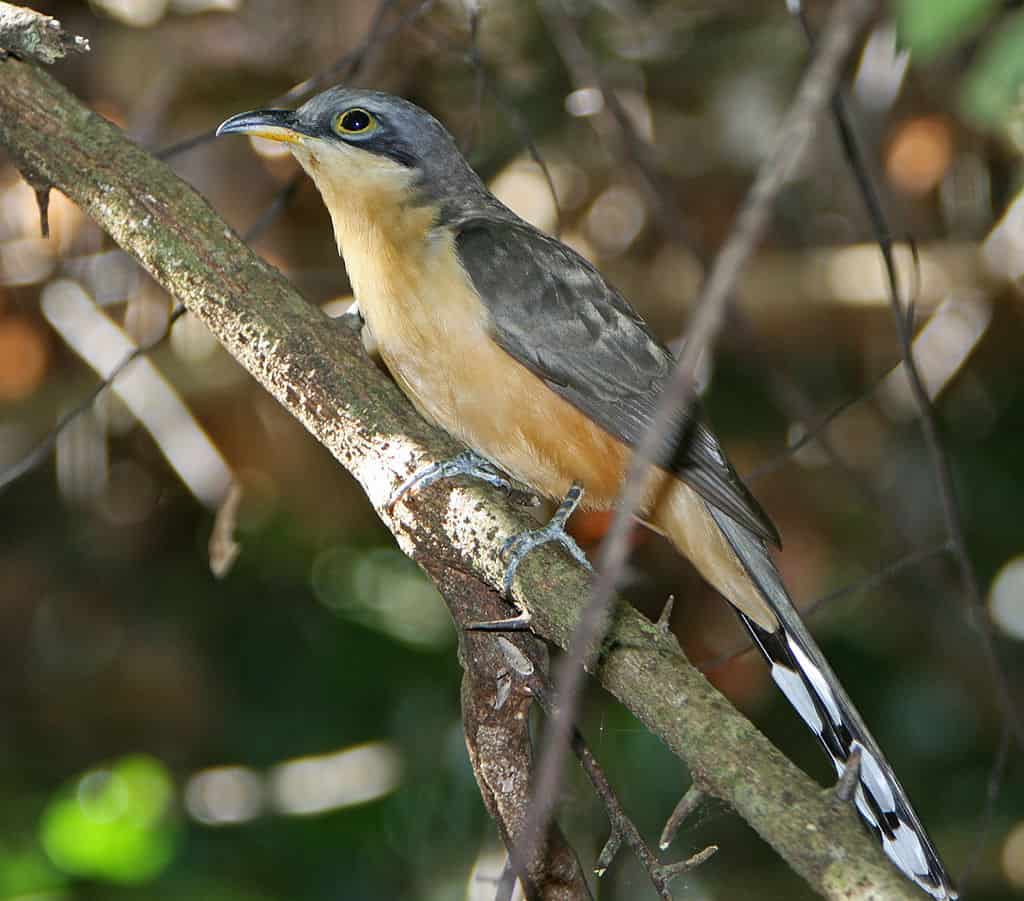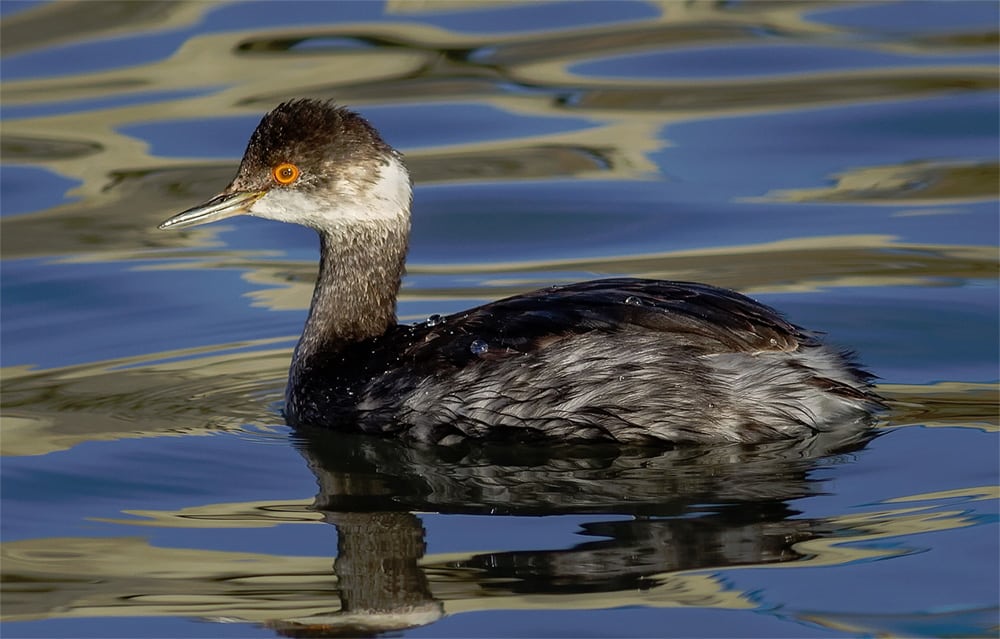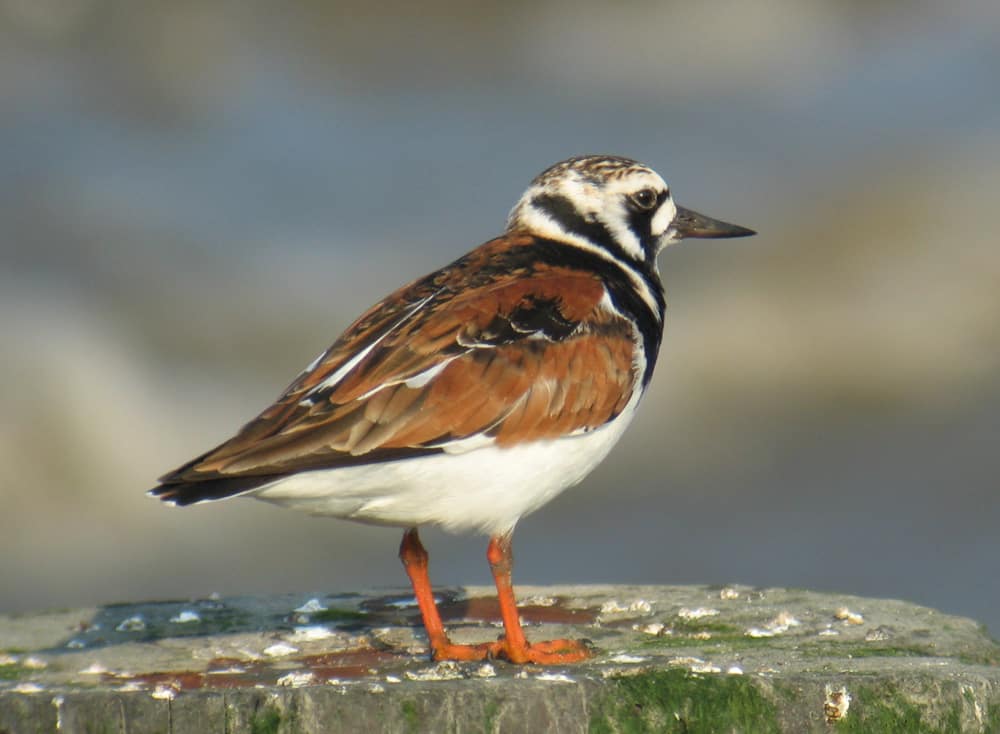During summer, rusty stains are often seen on the birds’ heads. The stains result from grubbing for food in mud containing iron oxides. Adult dark-morph snow geese, once known as blue geese, have dark gray-brown bodies with white heads and forenecks.
A range of intermediate birds occurs between the light and dark forms. Both snow goose color morphs have a distinctive black “grin patch” or “smile” on their pink bills. Adults also have dark pink feet and legs.
Immature birds of both morphs are grayer overall. The legs, feet, and bill of young birds start out gray, then turn pink. The sexes look alike, with males slightly larger than females.
Where Can I See a Snow Goose?
Snow geese nest on the arctic tundra, usually within five miles of the coast or near a lake or river. They breed in large colonies roughly north of the tree line from far northeastern Russia, along the coast and islands of arctic and subarctic North America, to far western Greenland.
In winter, look for snow geese in marshes and on open fields along their migration corridors, usually within a few miles of water. The largest wintering populations are in California’s central valleys, along the Gulf Coast of Texas and Louisiana, and along the mid-Atlantic coast from New Jersey to North Carolina.
What Does a Snow Goose Eat?
They are voracious foragers with a preference for feeding in shallow water or water-logged soil. Their diet consists entirely of plant material. Throughout the year, they graze on the leafy parts of grasses, sedges, and other plants or grub for underground rhizomes, roots, and tubers. Wintering and migrating birds also scavenge in harvested agricultural land for waste grain, such as corn or rice.
What Does It Sound Like?
Snow geese announce their presence with shrill yelping calls likened to those of baying hounds. They are considered to be the noisiest of all waterfowl. Their call has been described as harsh, monosyllabic, descending whouk or higher heenk; harsher and more raucous than other geese, and as a nasal honking, owk-owk.




